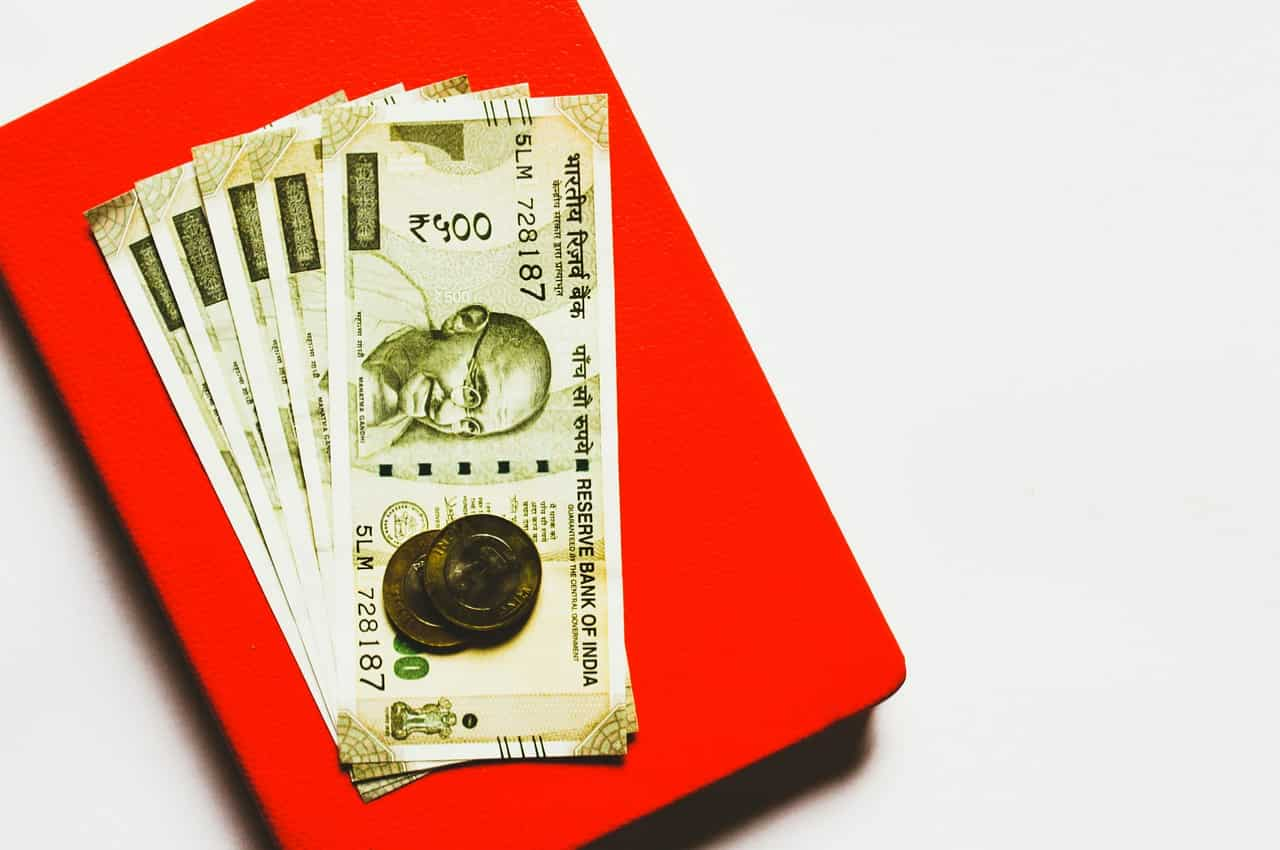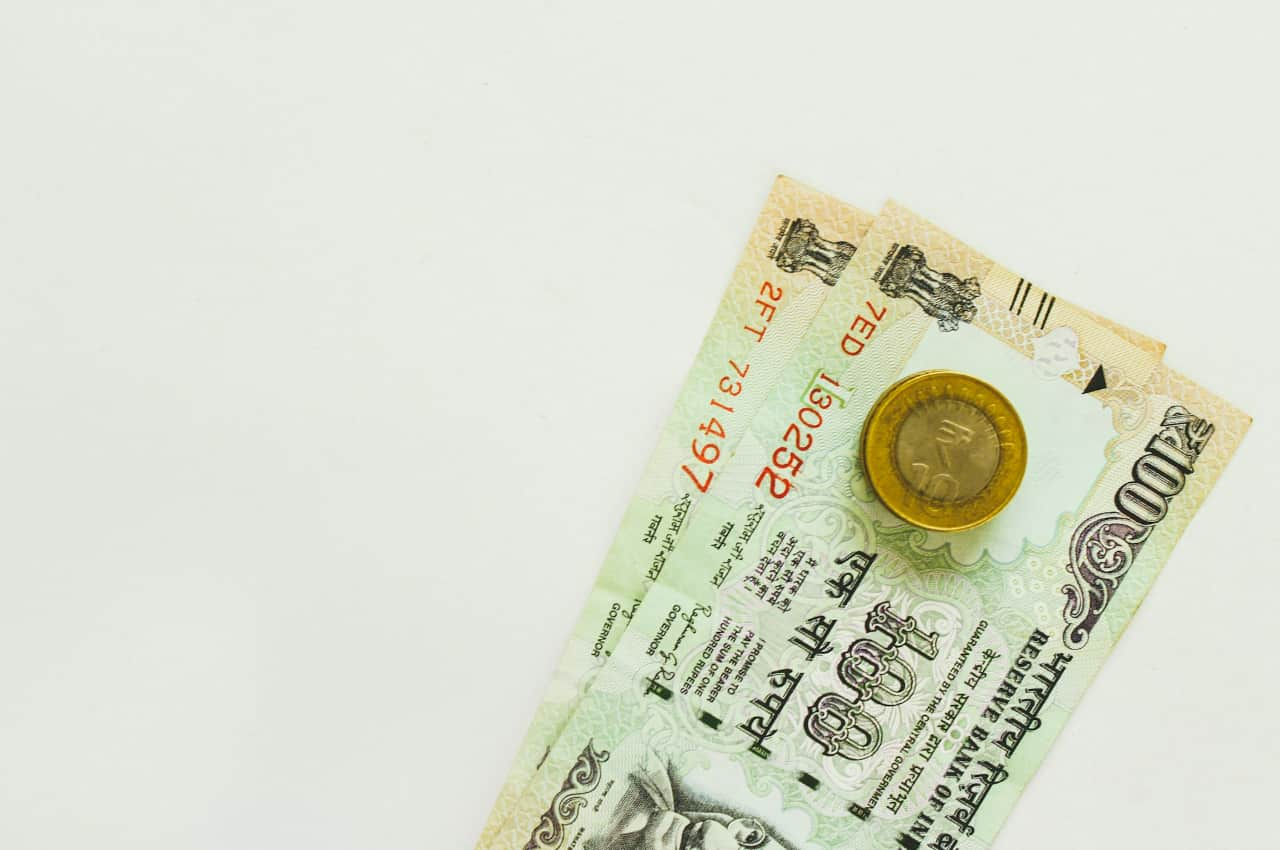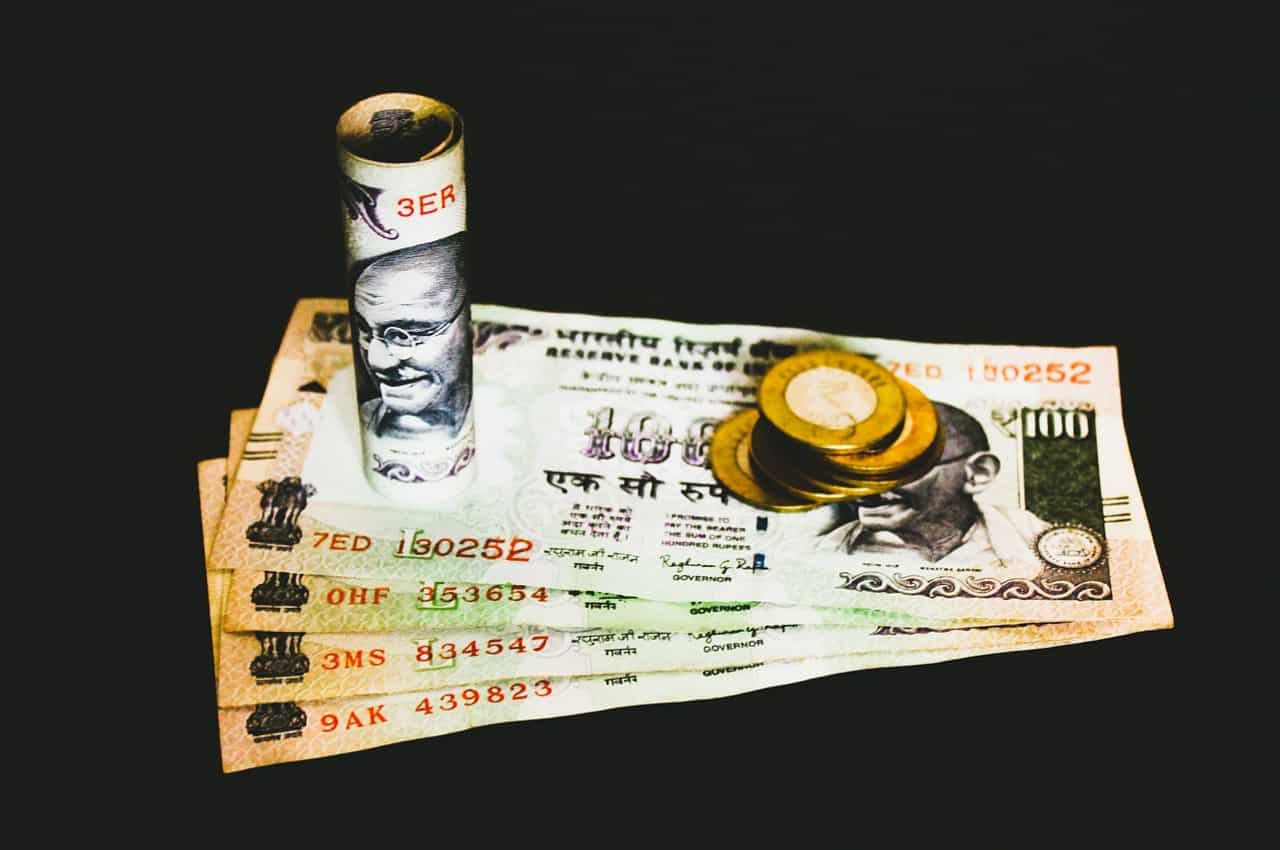NPS vs EPF Calculator: Rs 10,000 monthly investment for 30 years; which retirement scheme can generate higher corpus
NPS vs EPF Retirement Corpus Calculator: NPS is a market-linked retirement scheme where, while EPF offers 8.25 per cent interest rate. An NPS Tier I account offers tax benefits, while contributions in EPF also offers tax relaxation under Section 80C of the Income Tax Act, 1961.
NPS vs EPF Retirement Corpus Calculator: National Pension System (NPS) and Employees' Provident Fund (EPF) are two popular retirement schemes where employees can contribute to create a retirement corpus. Both schemes also provide them with the option of getting a monthly pension post retirement. NPS and EPF, as investment options function in different ways, have different rules, and can deliver different returns. In this write-up, we will discuss saliant features of NPS and EPF and how Rs 10,000 monthly contribution in each scheme can give in 30 years.
Photos: Unsplash/Pixabay
What is NPS?

Launched in 2004, NPS is a retirement market-linked scheme that offers its subscribers the facility to invest in a lump sum amount and monthly. The minimum contribution in a financial year should be Rs 1,000, while there is no maximum limit. The entry age to invest in NPS is 18 years. One can invest till 75 years of age in a Tier I or a Tier II account.
What is NPS?

A Tier I account offers tax benefits. But it comes with a lock-in period, which is the retirement age of 60. At this stage, the NPS subscriber has the option to withdraw their corpus. But they can't withdraw 100 per cent corpus if it is less than Rs 2.50 lakh. They can go for a maximum 60 per cent lump sum withdrawal and need to purchase an annuity plan from at least 40 per cent of the rest of the amount.
What is NPS?

What is EPF?

While NPS is open to all, EPF is open to private sector employees. In EPF, the employee and the employer contribute monthly to the EPF account of the employee. It offers 8.25 compound interest. The minimum contribution from an employee's side is Rs 1,800, while the maximum is 12 per cent of their basic salary and dearness allowance (DA).
What is EPF?

What is EPF?

Maturity amount on Rs 10,000/month contribution in EPF

Maturity amount on Rs 10,000/month contribution in NPS (conservative 25% equity exposure)

Maturity amount on Rs 10,000/month contribution in NPS (conservative 25% equity exposure)

Maturity amount on Rs 10,000/month contribution in NPS (balanced, 50% equity exposure)

Maturity amount on Rs 10,000/month contribution in NPS (aggressive, 75% equity exposure)






